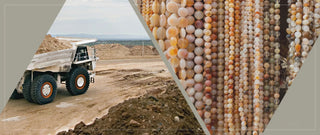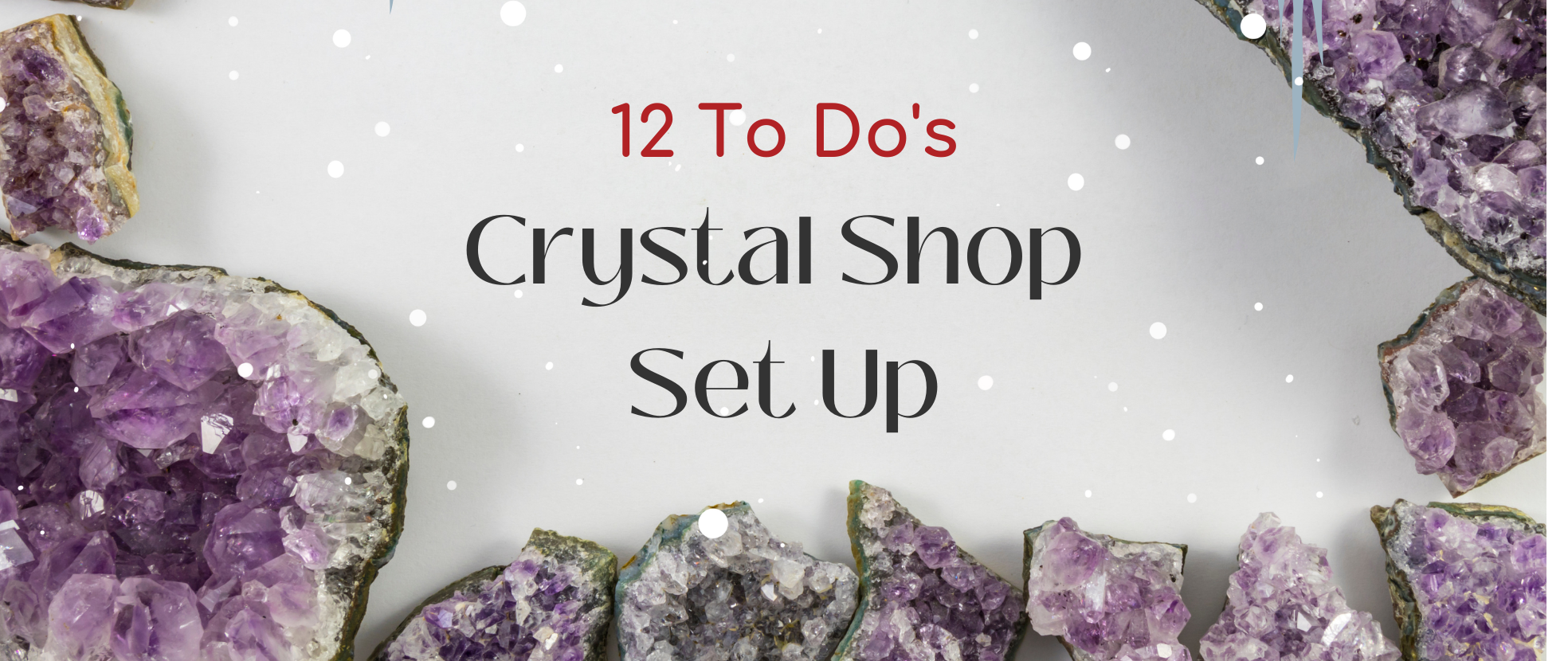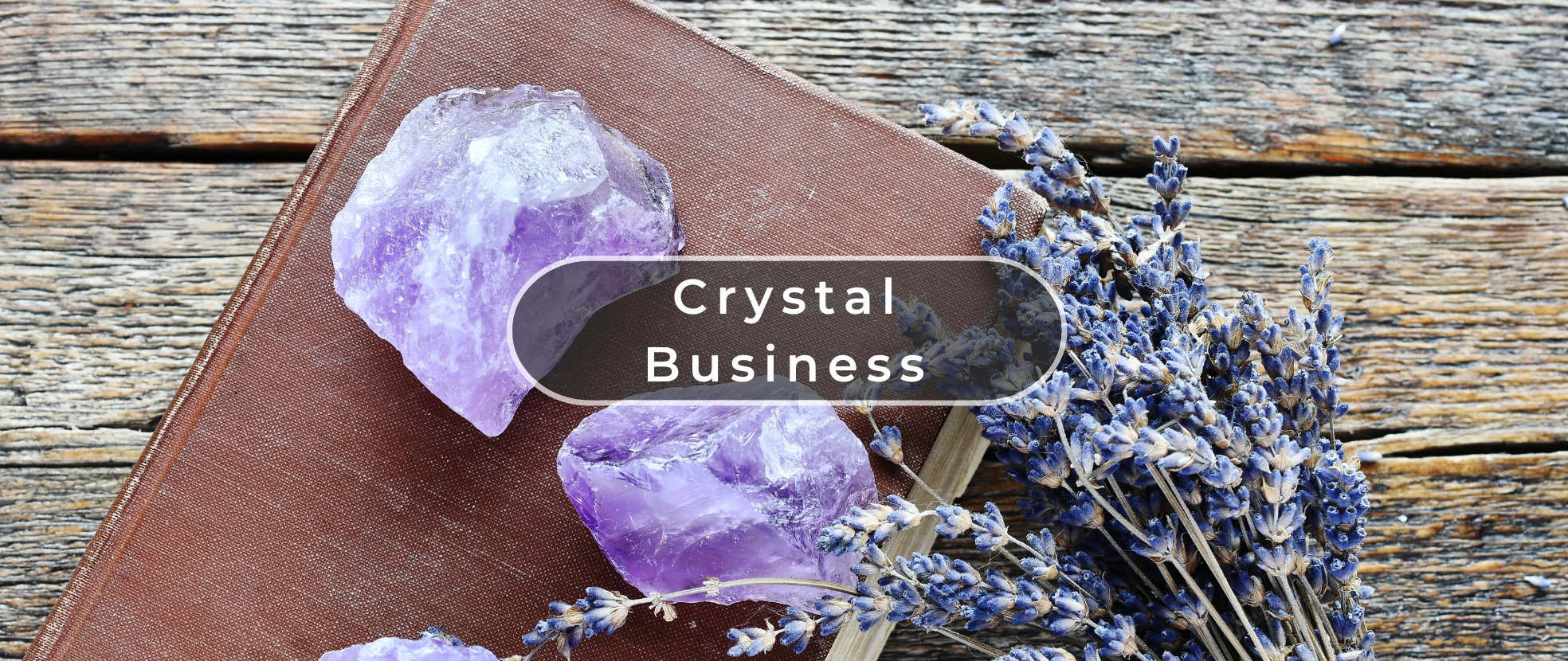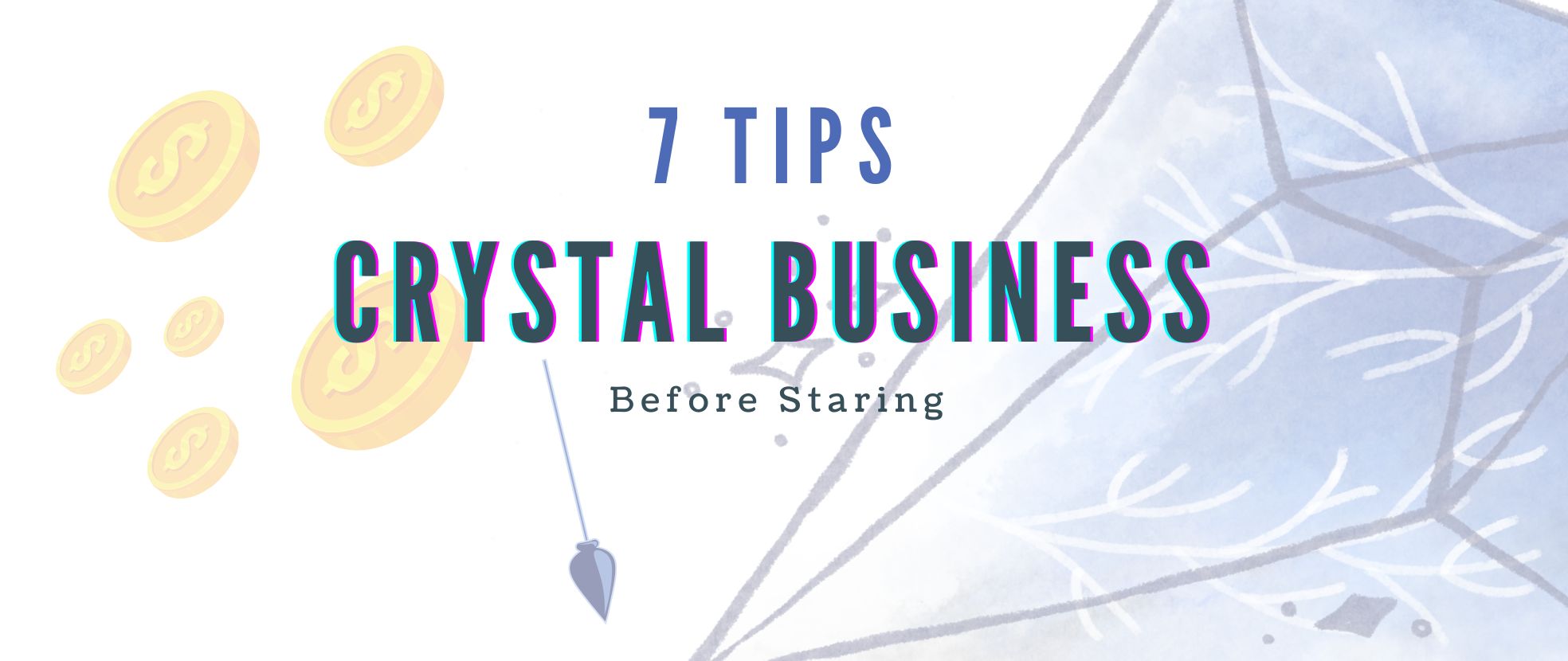Gemstones don't just stun with their vibrant colours, patterns, and metaphysical properties. These natural wonders have a storied provenance to them as well, which makes them even more valuable.
For crystal enthusiasts, being aware of the origins of a gemstone allows them to give their crystals the honour they deserve. And for gem resellers, sharing how their products travel throughout the supply chain will help them earn their customers' trust and loyalty.
So to fill you in on that knowledge, we take you to the stages of how our gemstone products are unearthed and reach our customers' hands.
Stage 1: Mining

We source from all over the world. But the huge bulk of our products come from:
- Australia - Opals
- Brazil - Amethyst, Amazonite, Ametrine, Aventurine, Aquamarine, Carnelian, Citrine, Emerald, Fluorite, Hematite, Imperial Topaz, Morganite, Tourmaline, and Quartz
- India - Corundum, Jasper, Iolite, Moonstone, Ruby, Sapphire, Shiva Lingam, and Sunstone
- Mexico - Calcite, Amber, and Black Onyx
- Madagascar - Labradorite, Agate, and Celestite
- Pakistan - Aragonite, Himalayan Salt, and Jade Nephrite
Majority of these gemstones are mined through artisanal and small-scale mining (ASM). This traditional method uses simple tools and manual labour and is often done in remote areas.
ASM is one of the most important economic activities in many rural communities. It also accounts for the majority of the global supply of gemstones. It is carried out by individuals, family groups, partnerships, cooperatives, associations, or enterprises.
After mining, operators separate the mine run (the unsorted product of the mine) from the collectors minerals, do initial cleaning, and sort some of the products. The products are then loaded in steel drums and transported to the sorting facility.
Stage 2: Cleaning and Sorting

In this stage, the gem roughs are thoroughly cleaned to remove dirt and debris. Power washing and acid washing are the most common techniques to do this. Then the roughs are segregated according to size and quality.
And to keep them from getting chipped or damaged, raw crystals and gemstones are packed in recycled materials such as used newsprint, cardboard boxes, and metal drums.
Stage 3: Trading

There are various supply chain models for coloured gemstones. And gem trading experts estimate that gemstones can change hands about 10 to 15 times before they reach the consumers.
This involves several middlemen: from small and large traders, local and international dealers, brokers, to rough stone traders, cut stone traders, suppliers, collectors, and importers.
Given the many pairs of hands involved in the trade of gemstones, it's nearly impossible to trace how gemstones move from this stage to the next.
For us wholesalers, our role in the trading stage begins at the manufacturing plants of our trusted partners. We also buy from gem dealers all over the world, many of whom we've been in a mutually beneficial business relationship since 2002.
To witness the state of mining operations and ensure our products come from ethical sources, we go on geo-mine tours where actual negotiations with suppliers also take place. Our founder and manager are also regular attendees of trade shows (particularly in Tucson or Denver in USA) to bag new and unique items that are trending in the marketplace.
Stage 4: Cutting and Polishing

Coloured stones that are used for jewelry and accessory making pass through the cutting and polishing stage (a process called lapidary). These gems are refined by progressive abrasion with the use of finer and finer grits of harder substances to fashion them into different shapes for different uses.
Lapidary is also necessary to make a gem's unique inclusions and colour patterns become more pronounced, enhancing their appeal. The common techniques used to achieve this are sawing, grinding, sanding, lapping, polishing, tumbling, and drilling.
Using these methods, stones are usually formed into pendants, cabochons, faceted stones, tumbled stones, spheres, polished points or generators, beads, and sculptures.
The cutting and polishing process can be done either in the country where the stone was sourced or in a cutting hub abroad. Most high-value stones are cut in the country of origin and then cut a second time by international traders based on customer demand.
Mining powerhouses like Brazil and Colombia have a well-established lapidary sector so their gems are cut locally before export. Many countries don't have a booming local cutting scene. Instead, they ship their rough stones to global cutting centres in Jaipur, India; Bangkok, Thailand; and Tucson, USA.
Stage 5: Manufacturing

During manufacturing, gems are turned into various jewelry pieces such as rings, earrings, bracelets, and necklaces. This stage can be done by jewelry brands (a common option for brands that sell high-value gemstones) or outsourced to third-party cutters and polishers.
Manufacturing operations are determined by the bulk of orders of retailers. The quality of the stone being manufactured and the quantity of products ordered are also vital deciding factors in this stage.
Stage 6: Transport to Canada

From our international suppliers, we transport our products to Canada via air (for lighter shipments) and ocean (for huge specimens) freights.
- Via air - We often get 2 or 3 shipments per month which include mineral specimens, jewelry, and other higher value merchandise.
- Via ocean - About 6 to 10 shipments per year, as a full 20’ or 40’ sea container; most rough chips, tumbled stones, large chunks, and big museum specimens arrive this way.
- Via trade shows - Miners and wholesalers from all over the world display and sell their most recent inventory. Then they are shipped via trucks to Canada. These hauls contribute a small percentage of Stonebridge products.
Stage 7: Storage in Stonebridge Imports Warehouse

Upon arrival, products are received at our receiving warehouse which is just a stone's throw away from our store proper. The specimens are stored in skids on racks, then our warehouse staff catalogue them.
Each product is typed into the inventory, photographed, bagged, and labeled accordingly. The gem becomes available for sale online once it is moved to the store.
Stage 8: Order Processing and Delivery

Our customers can shop from our online store then we pick up their orders from our stock. They also have the freedom to shop in our browseable store.
All orders are packed with extra care by our expert packers and shipped via Canada Post or UPS. Then we provide our customers with tracking numbers so they can easily trace their orders.
Sources:
Collet, L., Curtze, L., & Reed, K. (2013, December 15). Responsible Sourcing fo Coloured Gemstones. Applied Research Seminar Report. Graduate Institute of Geneva-Graduate Institute of International Development Studies. Accessed at https://www.responsiblejewellery.com/wp-content/uploads/Responsible-Sourcing-of-Colored-Gemstones_ARS-Final-Report_-Collet-Curtze-Reed.updated.pdf
How Are Gems Cut and Polished? (n.d.). Nature.berkeley.edu. Accessed at https://nature.berkeley.edu/classes/eps2/wisc/teleport/howcut.html
Hashmi, S. (2021, February 15). Mine to Market: Evolution of the Rough Trade. Jewellermagazine.com. Accessed at https://www.jewellermagazine.com/Article2/9389/Mine-to-market-Evolution-of-the-rough-trade
Dallas, R. (2017, April 12). How to Clean a Rough Gem From a Mine. Our Pastimes. Accessed at https://ourpastimes.com/clean-rough-gem-mine-5869043.html





